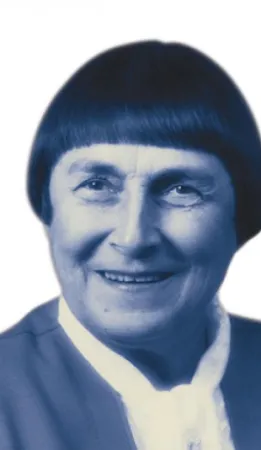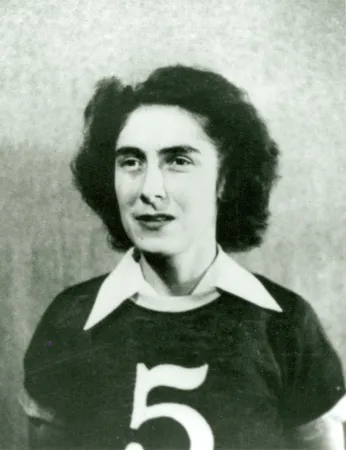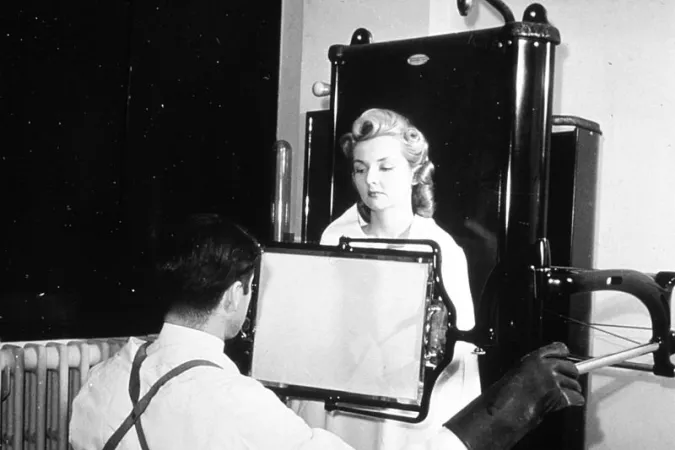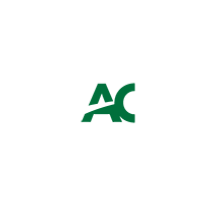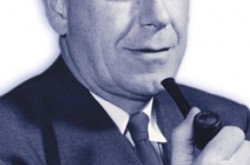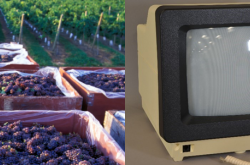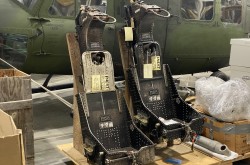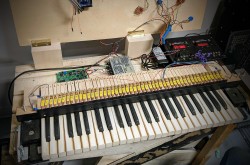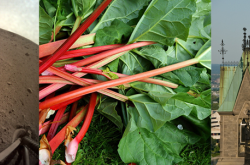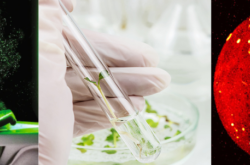Adventures in radiation
This article was originally written and submitted as part of a Canada 150 Project, the Innovation Storybook, to crowdsource stories of Canadian innovation with partners across Canada. The content has since been migrated to Ingenium’s Channel, a digital hub featuring curated content related to science, technology and innovation.
Molly Gatt
Algonquin College Journalism Program
Most of us have been touched by cancer in one way or another. It’s also likely that radiation treatment was used in helping with recovery. Fifty per cent of cancer patients have undergone radiation treatment. This is because radiation attacks the DNA of cancer cells so they can’t reproduce. Canadian scientist Sylvia Fedoruk devoted her life’s work to helping people with radiation techniques.
Scientists have been using radiation to fight cancer since X-rays and radium were discovered in the 1890’s but those machines weren’t powerful enough, until a new therapy unit was developed. Fedoruk put her time as a grad student towards helping create this unit, called the Colbalt-60 therapy unit. Developed in Saskatchewan after WWII, this device was capable of penetrating deeper into the body to kill cancer cells without damaging healthy tissues.
When the therapy unit, also known as the Cobalt bomb, was completed, Fedoruk calculated all the proper specifications for proper function before it was exported worldwide. Following the success of the Cobalt bomb, she developed an early nuclear scanning system used in medical imaging.
Before passing away in 2012, Fedoruk held two key positions as the Chancellor of the University of Saskatchewan and the Lieutenant Governor of Saskatchewan. The Sylvia Fedoruk Canadian Centre for Nuclear Innovation keeps her legacy alive today, with the goal of keeping Saskatchewan on the global map for nuclear science. Fedoruk was inducted into the Canadian Science and Engineering Hall of Fame in 2013.
Transcript
Born in Canora, Saskatchewan of Ukrainian immigrants, Dr. Sylvia Fedoruk is one of Canadas foremost medical biophysicists and the only woman who in the 1950s was conducting medical-physics research in Canada. Her groundbreaking achievements have earned her worldwide recognition, bringing honour to the University of Saskatchewan, her home province, and Canada as a whole.



